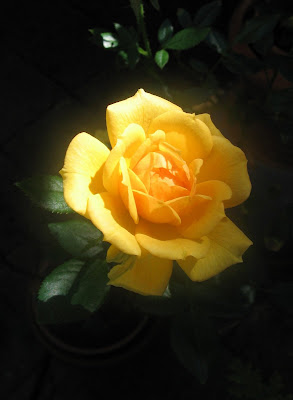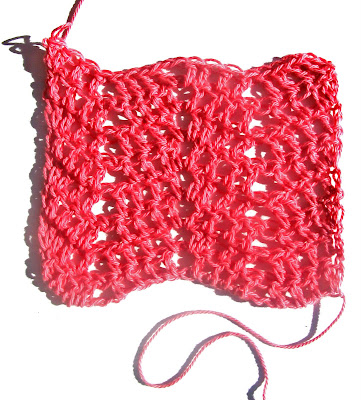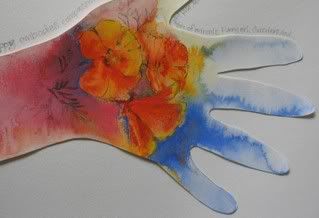Sometimes, people leave lovely, complimentary comments about the photographs I take. Amybel did in my last post (thank you!) and said she'd looked in my photography tags to find out more about what I do. I checked my tags too, and realised that I haven't really written anything of substance about taking photos. So, in the hope that this information is useful, here's something about how I approach photography:
- I researched my camera thoroughly before I chose it. Although it's a very modest camera, an old point~and~shoot Canon Powershot A85 which didn't cost much, it is capable of taking good photographs. I read lots of reviews on Steve's DigiCams and decided on the Canon because it handles interior light well, takes good close~ups and comes with an optional, detachable macro lens.
- I bought the macro lens and use it constantly. It captures details and delicacy, adding so much to the range of images I can produce ~ I can't tell you how much I love it! I used the macro lens to take these shots of the little affirmation pebbles that I made for my mum and dad's 50th wedding anniversary:


- I make the best use of natural light that I can. I take photographs in my back garden in the first few hours of sunlight in the day...and, if I want to take an interior shot, I know that my kitchen is sunniest around ten o'clock each morning and that my bedroom catches the sun in the early afternoon. The shots of the affirmation pebbles were taken in my kitchen but I like taking photographs outside, in the morning, most of all. Morning light throws lovely soft shadows, as you can see with this shot of a Paris daisy:

- I avoid using the flash because it tends to flatten out objects and distort colour. Sometimes, if the light's low, I can achieve flash~free photos if I put my camera onto night mode. These pictures, shot in a shady part of my garden, have been taken this way:
 (I made the little pinch pot and the base of the birdbath at Fremantle Arts Centre,
(I made the little pinch pot and the base of the birdbath at Fremantle Arts Centre,
by the way. )
- I usually upload photos as soon as I've taken them ~ I can't really tell how well focused a picture is until I've seen it on my computer screen...after I've viewed the shots I then decide if I need to take anymore.
- Sometimes, virtually all I have to do is press the shutter button and the photograph works:

- But most of the time I do lots of photoshopping, using Photoshop Elements...and, to illustrate the difference that photo~shopping makes, here are Before and After photographs of the swatch I crocheted for my chevron cardigan:
Before~
and After~

- In the After photo I've played with the brightness and contrast in the image. I've also painted out shadows I didn't want. I've custom rotated the image too (I love getting right angles if I can) and I've cropped it. I think Photoshop is a really powerful tool. Incidentally, I often photograph small objects, like the swatch, on a white background (I use a shelf that was left over from my kitchen renovations) which seems to help my camera focus.
- Before I bought the Photoshop Elements program I used to work on my photos with a free program, called Microsoft Photo Editor. I still use it sometimes because I like the effect of the watercolour function:
Basically,
I love the process!
There's something sublime about taking a picture that captures some sort of beauty.
So,
I wonder,
what do you do?
As for crochet,
I haven't been doing anything complicated or time consuming. I've been busy with renovations again (I'm replacing my grotty old carpet and lino with bamboo flooring which is very exciting!) so I've been working on the simplest crochet project I have ~ the border of my Easy Daisy blanket:

..but when I do have the time to focus on something more challenging, I'd love to have a go at making Doris Chan's Lacy Cardigan, especially now that it's been released as a free pattern.
Gorgeous, isn't it?
Have a wonderful week everybody.


 It's fun!
It's fun!






